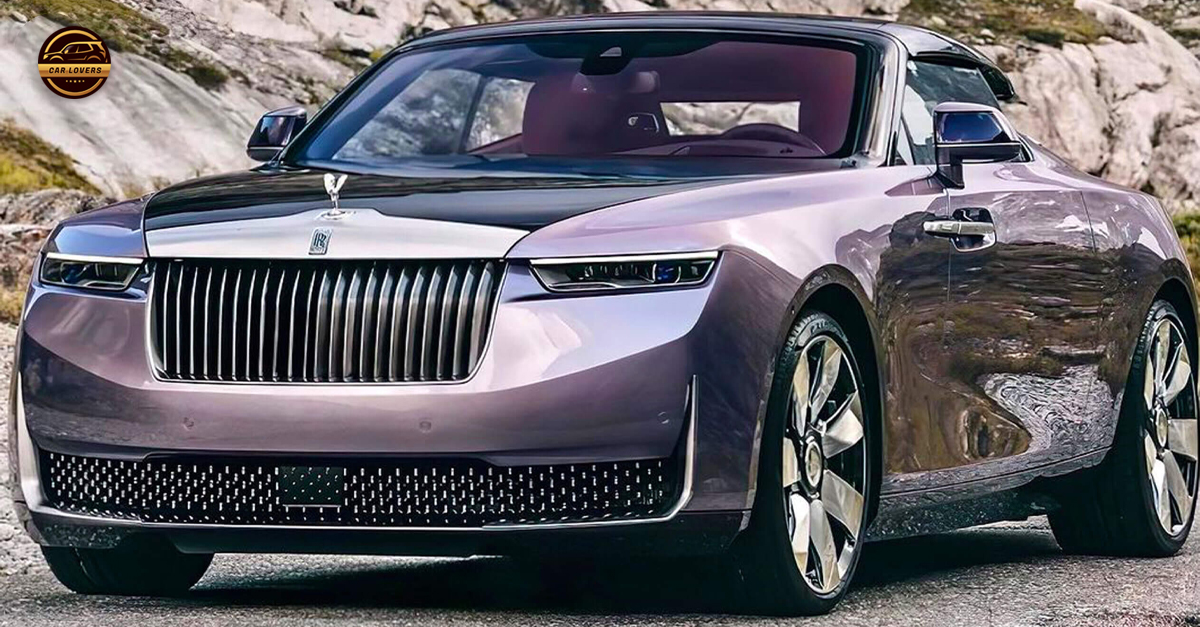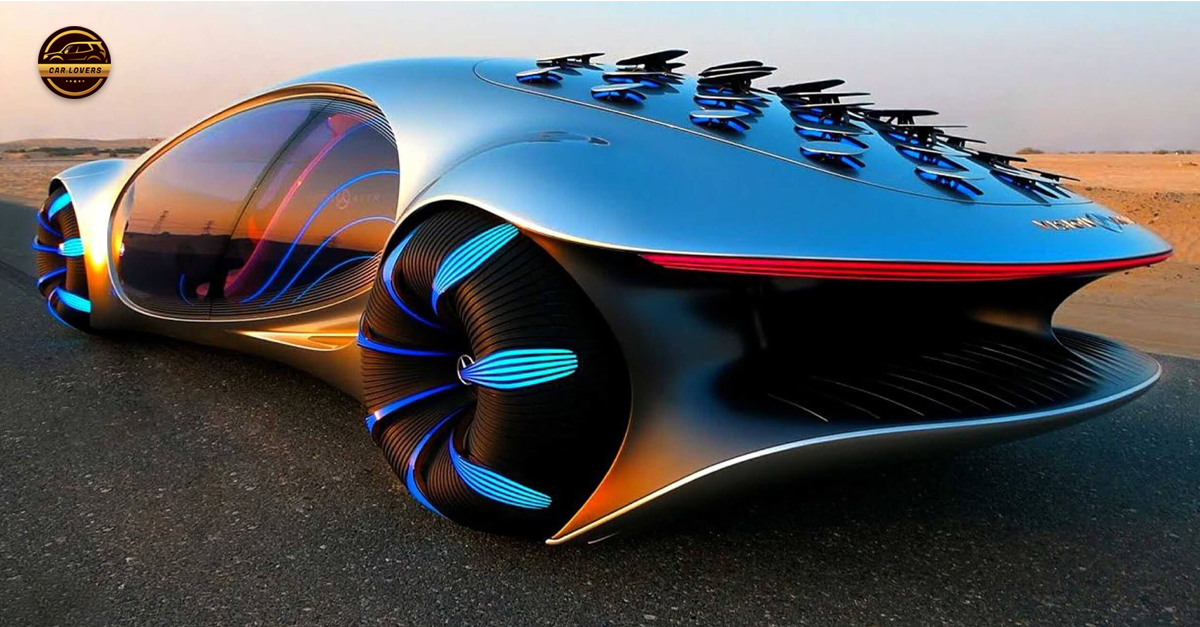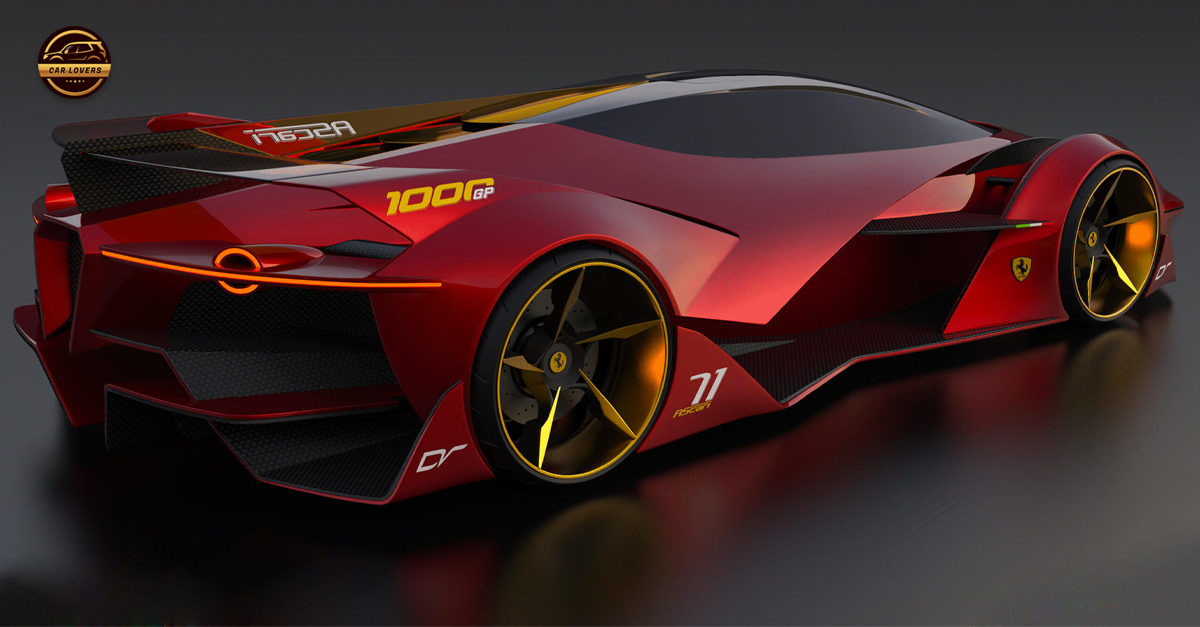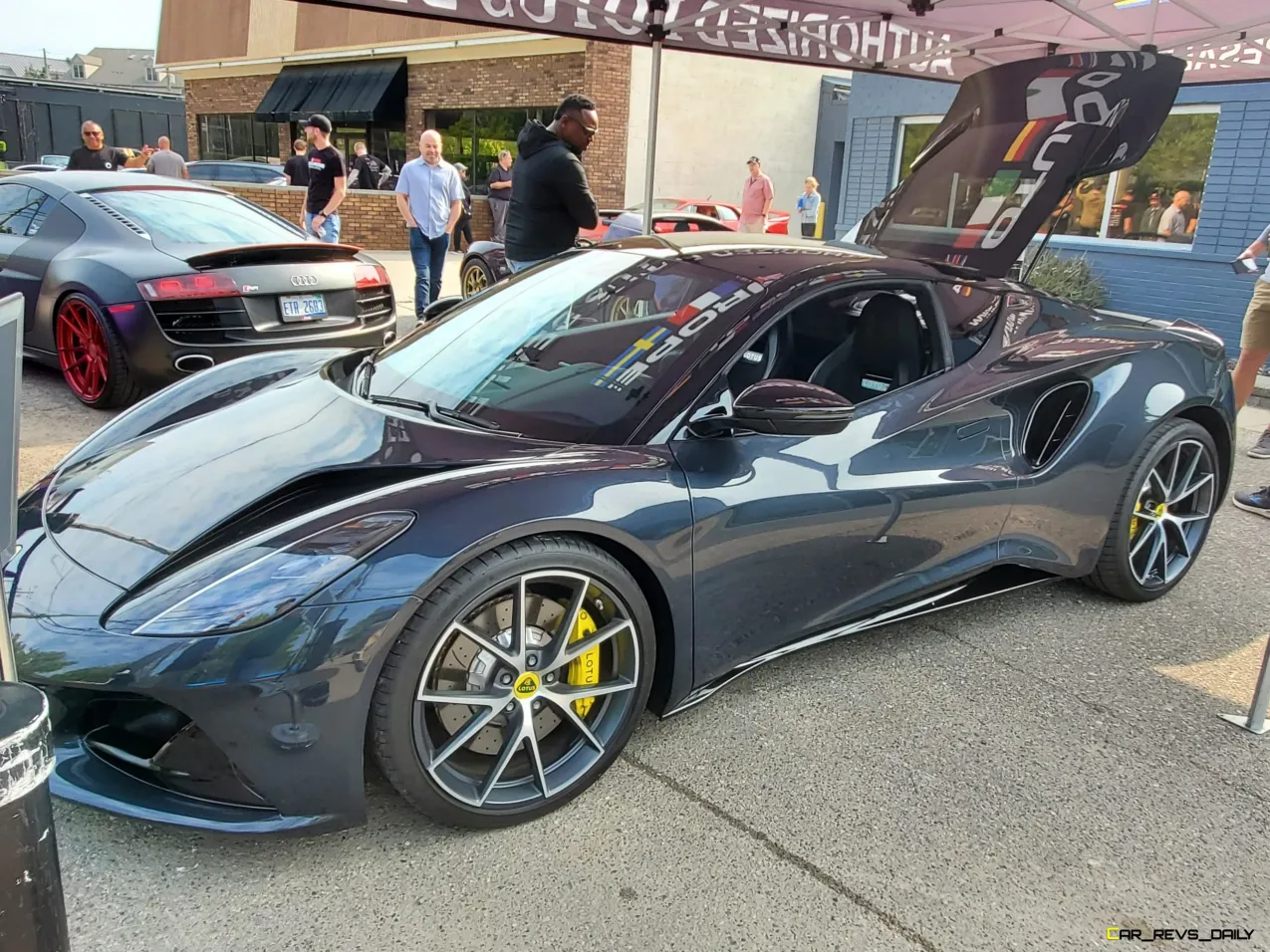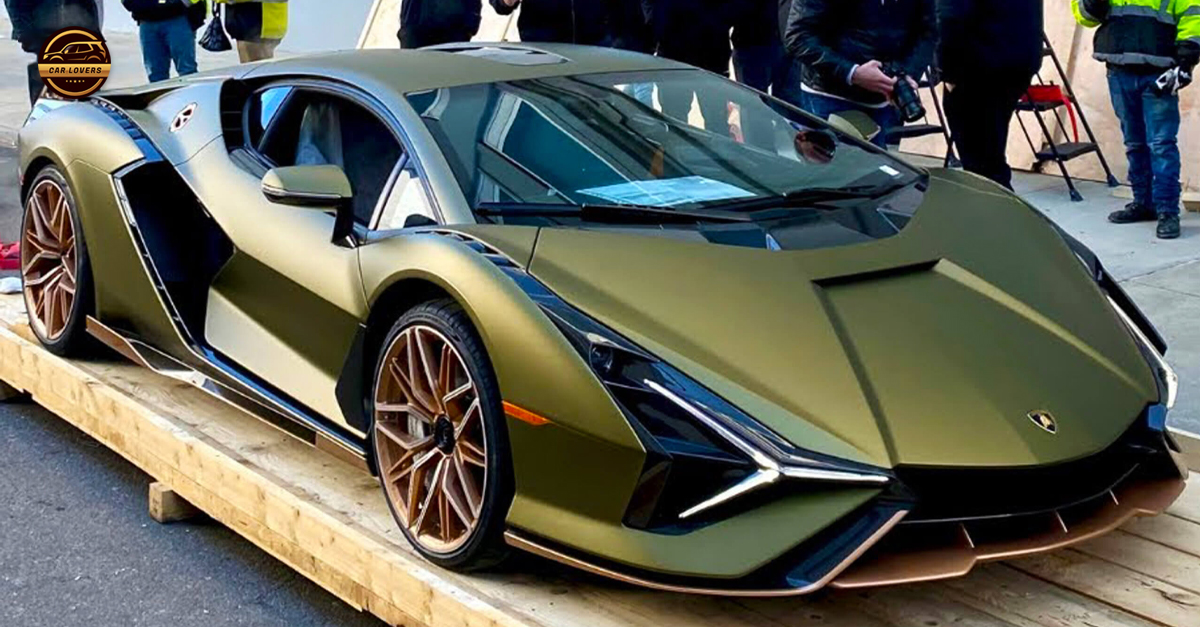Electric carmaker Polestar has revealed the O2 roadster concept car that features its own personal drone.
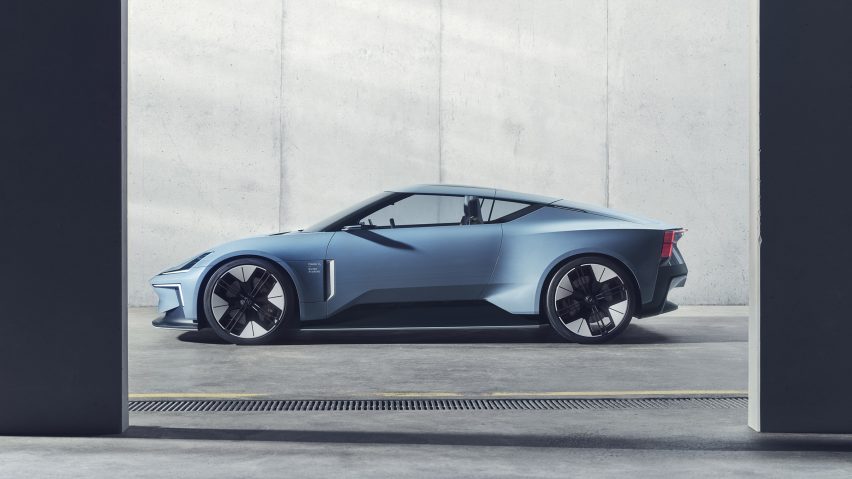
The Polestar O2 is a hard-top convertible that aims to showcase potential future technologies and design ambitions from the company, which brands itself a “pure play performance car brand”.
“Polestar O2 is the hero car for our brand,” said Polestar CEO Thomas Ingenlath. “It looks incredible, and being able to lower the roof and not hear an engine promises a superb sensation.”

The vehicle aims to combine the looks and performance of a sports car with the brand’s sustainability efforts and the novelty of an “autonomous cinematic drone”, which can be seen in the video below, to capture the driver’s most picturesque journeys.
The car evolves the design language of Polestar’s previous concept car, the Precept, adapting it into the form of a more compact roadster. Polestar describes it as having “classic sports car proportions but with a clearly modern, electric feel”.
Behind the rear seat is the car’s most unorthodox feature: a built-in drone that can be deployed at speed from a special aerofoil that raises from the back of the car.
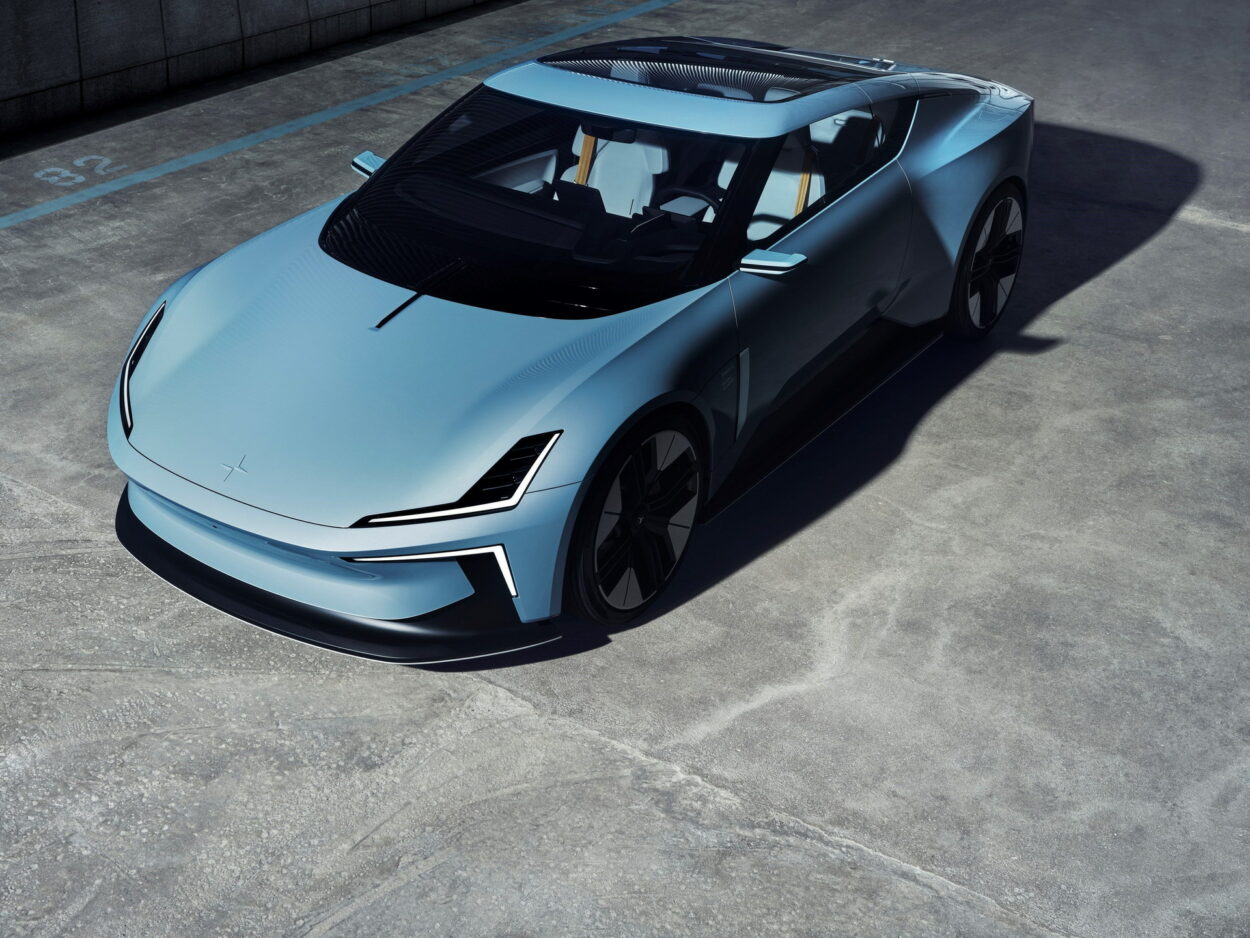
The aerofoil creates a calm area of negative pressure so the drone can take off while the car drives, and the device then follows the O2 autonomously, at speeds of up to 90 kilometres per hour.
There are different filming modes to choose from, and the videos can be edited and shared directly from the car.
Polestar explained that the goal of the drone was to heighten what it considers quite an emotional experience, mixing the joy of driving an open-top vehicle with the excitement and tranquility of electric mobility.

“We wanted to emphasise the experience you can have with a car like the Polestar O2 in new and unusual ways,” said Polestar head of design Maximilian Missoni.
“Not needing to stop and offload the drone before filming, but rather deploying it at speed, is a key benefit to this innovative design.”
Sustainability initiatives are a key theme with the O2, which highlights some of the technologies Polestar might use as it aims to create the “world’s first climate-neutral car” by 2030.
The O2’s interior is largely made from a mono-material, meaning a single substance is used across many different components, facilitating easy recycling.
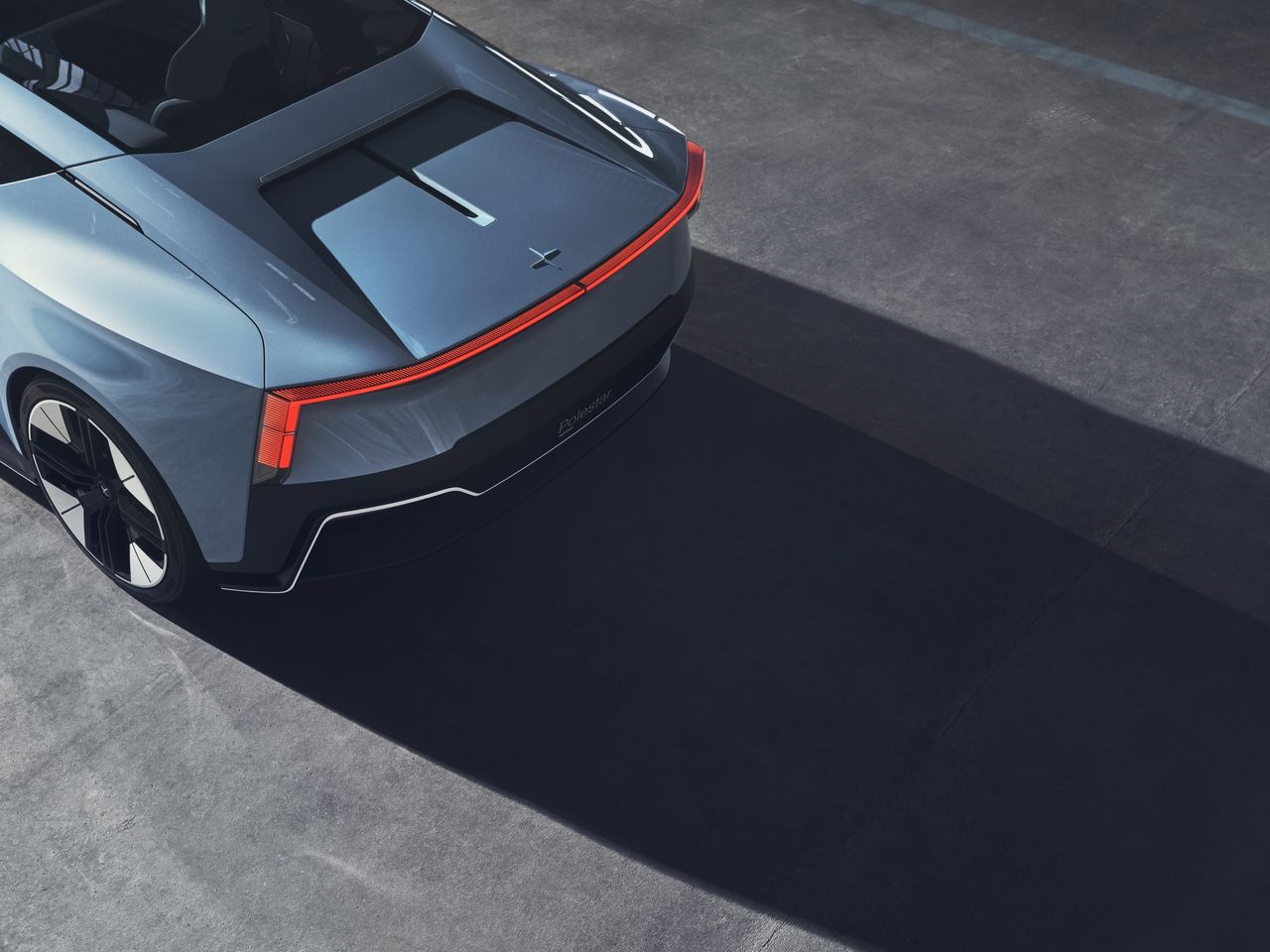
That material is a recycled and recyclable polyester thermoplastic that makes up the seats’ foam, 3D knit upholstery and even the adhesive between them.
Recycling has also been a focus for the car’s chassis, which is a bespoke bonded aluminium platform adapted from the existing Polestar 5.
To avoid the effects of “downcycling”, where the recycled material loses quality with each iteration, Polestar has invented a method of labelling that marks the quality grade of each part. This should ensure each grade of aluminium remains pure throughout recycling.

Because the O2 is a concept car, there are no technical specifications, but Polestar promises the vehicle will have tight body control, high rigidity and intuitive dynamics, with the high quality and rigidity of the aluminium platform making it highly responsive.
Sports cars are uncommon in the electric vehicle market, with the only other roadster coming from Tesla.
Polestar plans to launch three cars over the next three years, and says that each will have the potential to realise some of the ideas presented by the O2.
Video: Introducing Polestar electric roadster Polestar
A personal drone can be launched while the car is moving
The Swedish company, which was founded in 2017 by Volvo Cars and Geely Holding, currently has two car models on the road, the Polestar 1 and Polestar 2.
One of Polestar’s most ambitious goals is to create the world’s first climate-neutral car by 2030 – a project which its head of sustainability has previously described as a challenge akin to putting a man on the moon.
More images



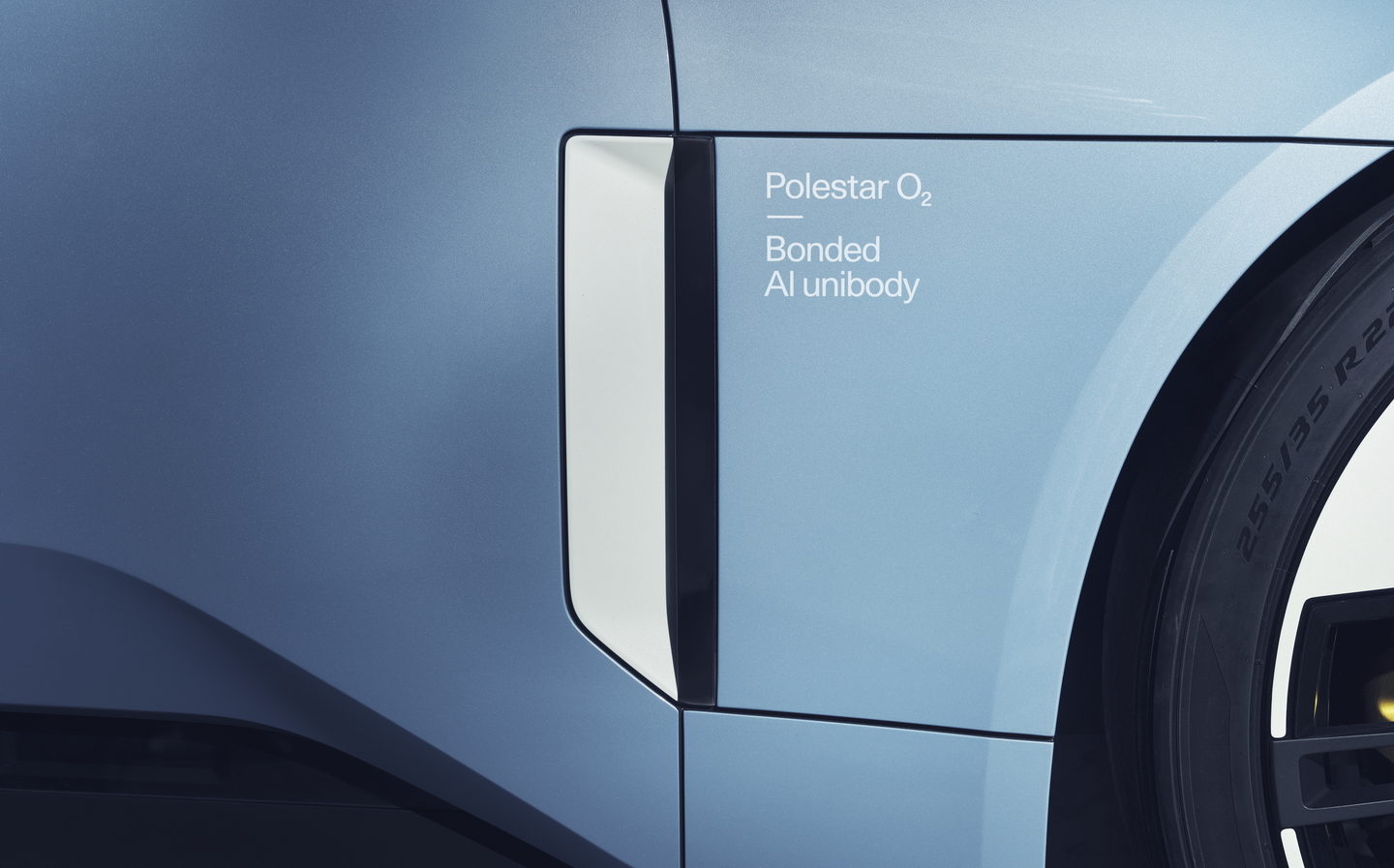
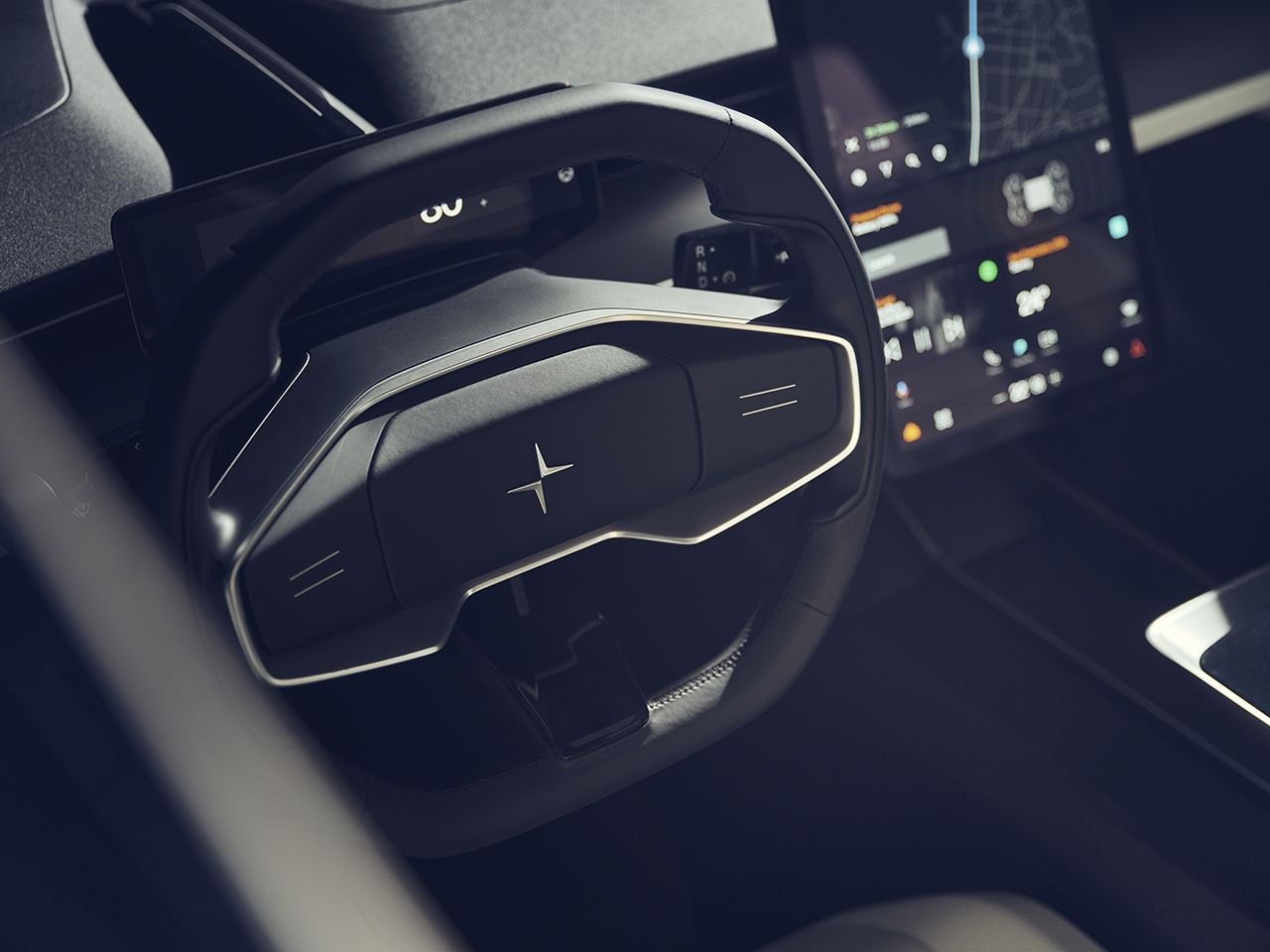


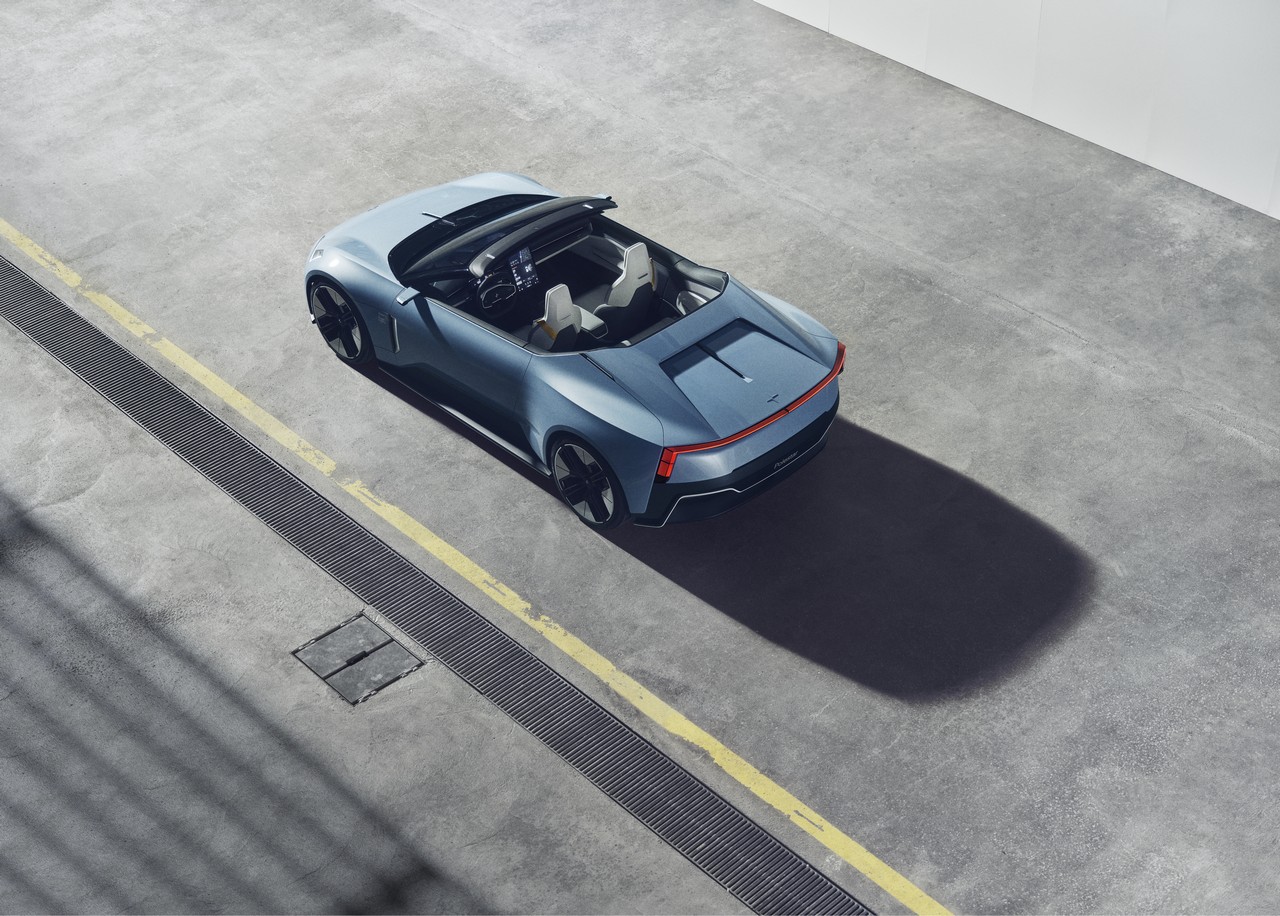

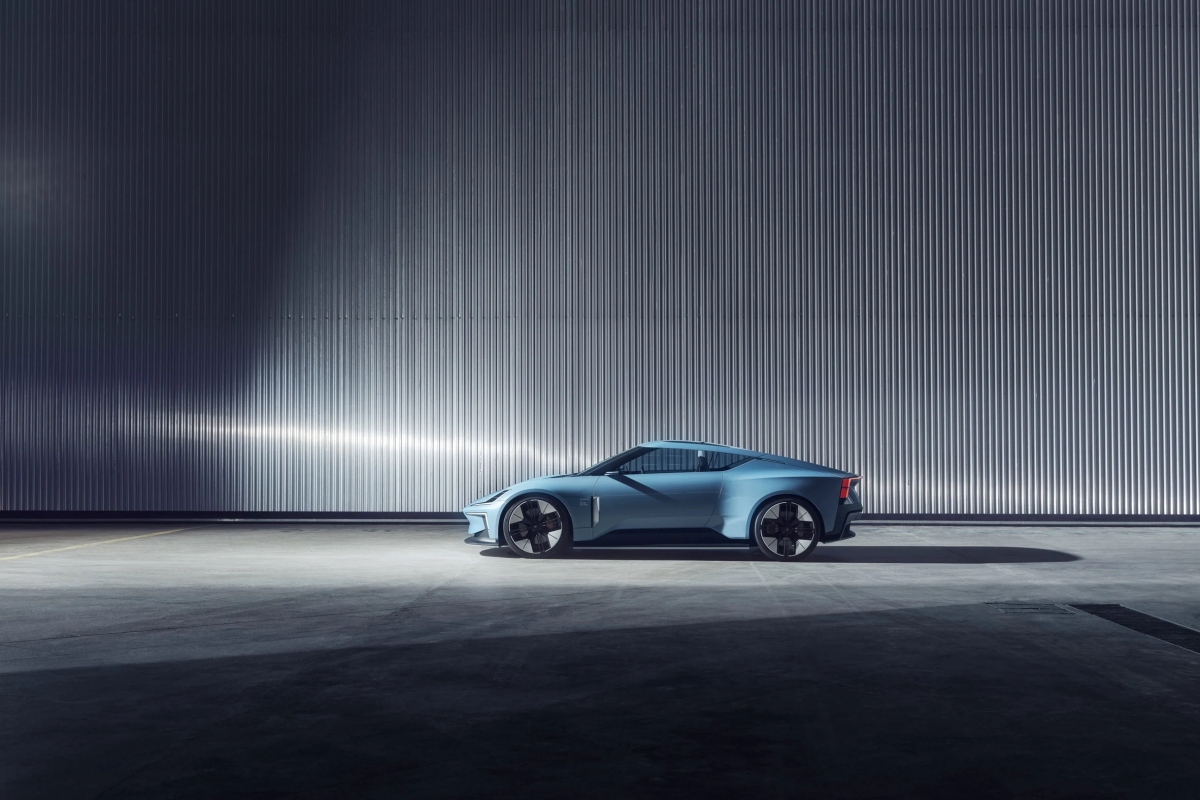


Source: dezeen.com




